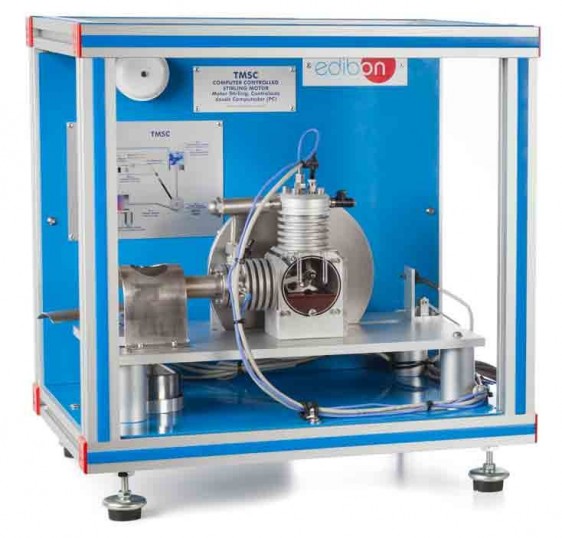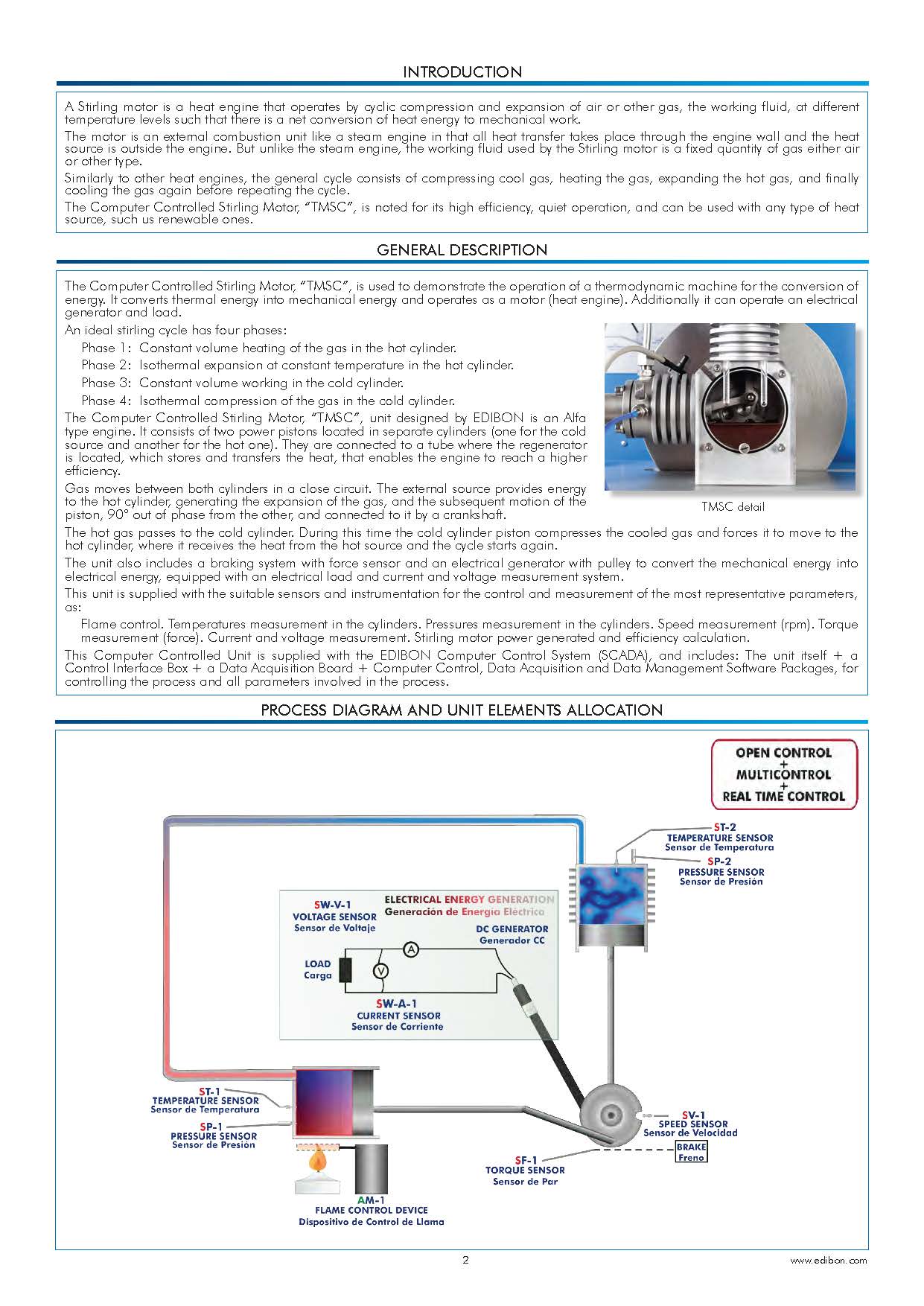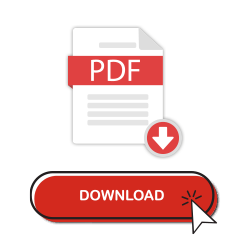
Computer Controlled Stirling Motor
INTRODUCTION
A Stirling motor is a heat engine that operates by cyclic compression and expansion of air or other gas, the working fluid, at different temperature levels such that there is a net conversion of heat energy to mechanical work.
The motor is an external combustion unit like a steam engine in that all heat transfer takes place through the engine wall and the heat source is outside the engine. But unlike the steam engine, the working fluid used by the Stirling motor is a fixed quantity of gas either air or other type.
Similarly to other heat engines, the general cycle consists of compressing cool gas, heating the gas, expanding the hot gas, and finally cooling the gas again before repeating the cycle.
The Computer Controlled Stirling Motor, “TMSC”, is noted for its high efficiency, quiet operation, and can be used with any type of heat source, such us renewable ones.
EXERCISES AND PRACTICAL POSSIBILITIES TO BE DONE WITH THE MAIN ITEMS
- Study of the conversion of thermal-mechanical-electrical energy.
- Study of the relationship between the temperatures difference of the thermal machine and the speed generated.
- Calculation of the “threshold” temperatures difference which generates motion.
- Study of the mechanical power in relation to speed.
- Study of the electrical power in relation to speed.
- Mechanical efficiency calculation.
- Electrical efficiency calculation.
- Speed measurement (rpm).
- Torque measurement.
- Measurement of the generated electrical power.
- Temperature measurements.
- Pressure measurements.
Additional practical possibilities: - Sensors calibration.
Other possibilities to be done with this Unit: - Many students view results simultaneously.
To view all results in real time in the classroom by means of a projector or an electronic whiteboard. - Open Control, Multicontrol and Real Time Control.
This unit allows intrinsically and/or extrinsically to change the span, gains; proportional, integral, derivative parameters; etc, in real time. - The Computer Control System with SCADA allows a real industrial simulation.
- This unit is totally safe as uses mechanical, electrical/electronic, and software safety devices.
- This unit can be used for doing applied research.
- This unit can be used for giving training courses to Industries even to other Technical Education Institutions.
- Control of the TMSC unit process through the control interface box without the computer.
- Visualization of all the sensors values used in the TMSC unit process.
– Several other exercises can be done and designed by the user.



